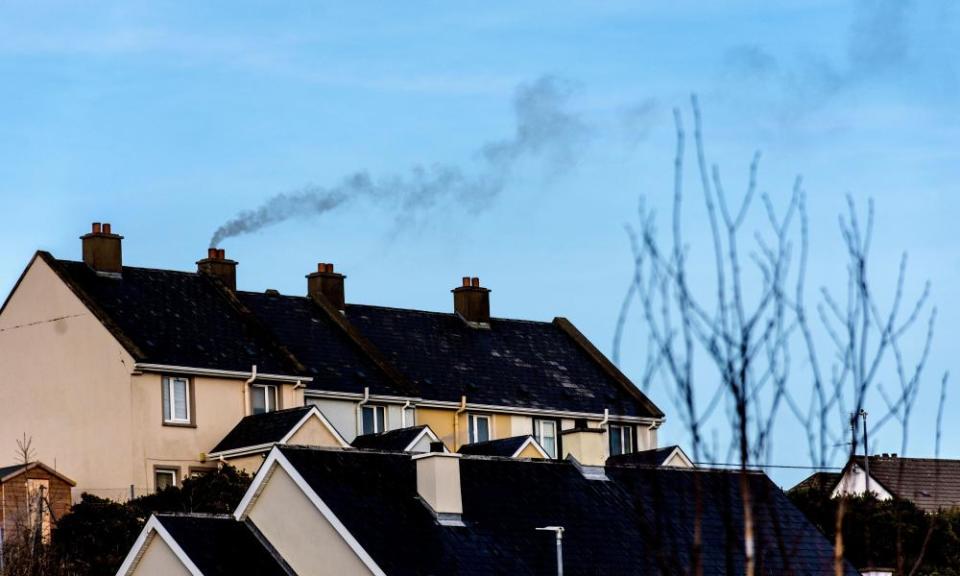Pollutionwatch: Irish air quality to benefit from better data

A big expansion in Ireland’s air pollution measurement network is yielding information to shape solutions. New data reveals that Dublin has breached legal limits for nitrogen dioxide for the first time in a decade.
This was on a busy road near Heuston train station, but computer modelling has projected problems on other city-centre streets, beside the M50 motorway and near the port tunnel portal.
The cause of these problems was clear when the Covid lockdown cut traffic. Nitrogen dioxide fell by about 50%. Elsewhere, Dr Stig Hellebust, a scientist at University College Cork also found a 35% decrease in Cork too. The lesson is more walking and cycling; less, and cleaner, traffic.
In most countries the air in towns and villages is overlooked. But, in Ireland, about 40% of people live in rural areas, making this a priority for the new measurement network.
Early results reveal wintertime air filled with coal, peat and wood smoke from the fires that heat Irish homes. These cause pollution to rise each evening in towns from Letterkenny to Enniscorthy, breaching World Health Organization guidelines. Fossil (natural) gas heating was the answer elsewhere but, with only a sparse gas grid, Ireland has the chance to jump straight to low-carbon solutions including home insulation and heat pumps.

 Yahoo Finance
Yahoo Finance 